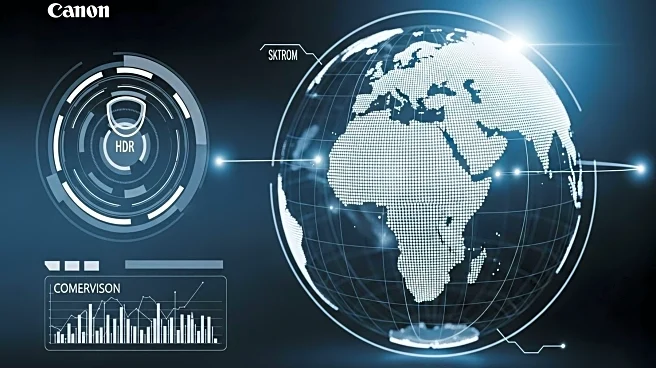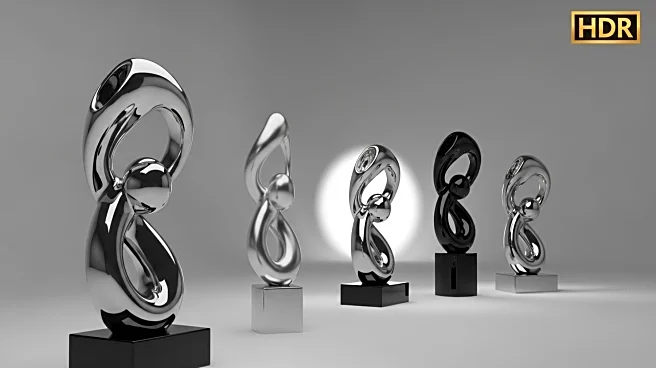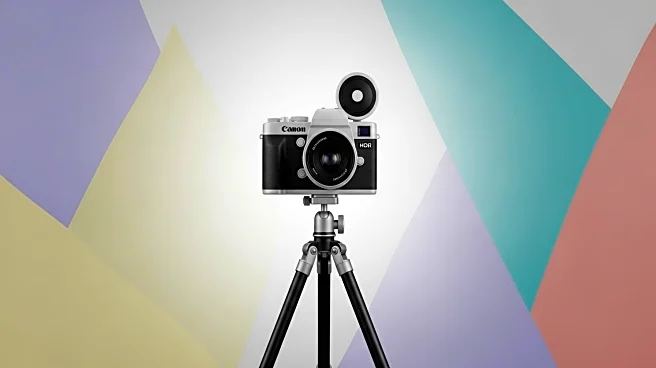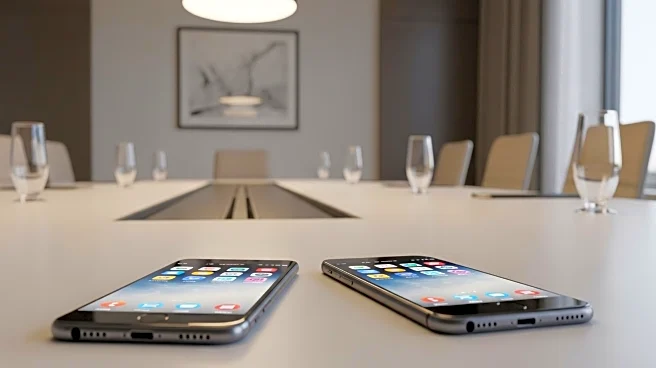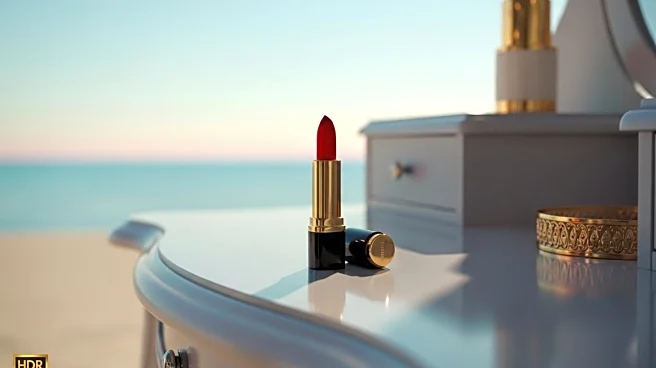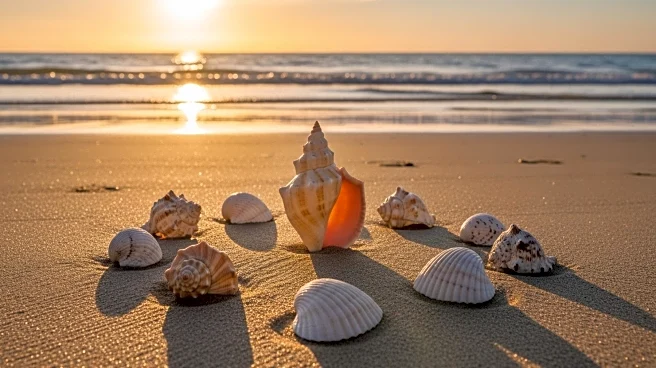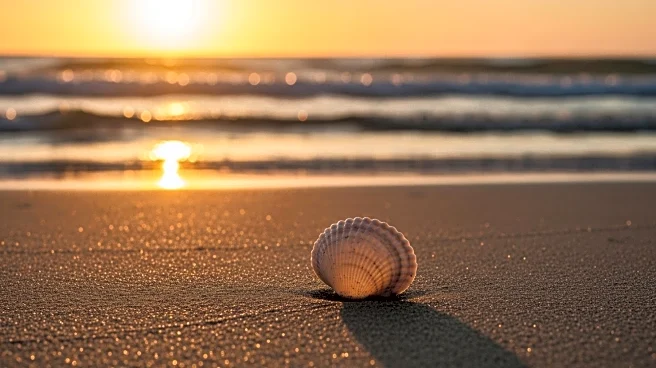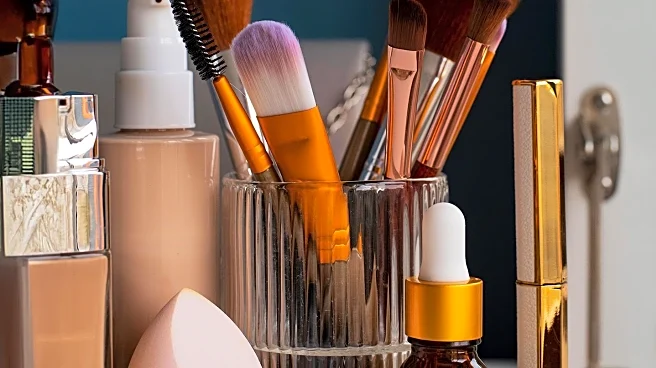What's Happening?
The makeup style featured in the popular show 'The Summer I Turned Pretty' has become a viral sensation on TikTok. Fans are recreating the look, particularly from a pivotal scene in season 3, episode 7, where the character Belly attends her bachelorette party. The makeup, characterized by a luminous complexion, rosy cheeks, and dark smoky eyes, has been praised for its intensity and ability to highlight the actress Lola Tung's features. Content creators on TikTok, such as Gretchen Schwent and Julie Huang, have shared their admiration for the look, noting its simplicity and emotional impact. The trend emphasizes Belly's beauty as a form of storytelling, with each makeup choice reflecting her emotional journey throughout the series.
Why It's Important?
The viral makeup trend underscores the influence of television and streaming content on beauty standards and consumer behavior. As fans emulate Belly's look, there is a potential increase in demand for the specific makeup products used in the show, benefiting brands like Saie, ILIA, Maybelline, and Benefit. This phenomenon highlights the power of media in shaping beauty trends and driving sales in the cosmetics industry. Additionally, it reflects the cultural impact of 'The Summer I Turned Pretty,' as viewers engage deeply with the show's narrative through its aesthetic choices.
What's Next?
As the trend continues to gain traction, makeup brands may capitalize on the show's popularity by promoting products used to achieve Belly's look. Fans might see collaborations or special collections inspired by the series. Additionally, the show's producers could leverage this interest to enhance marketing strategies for future seasons, potentially incorporating more beauty-focused content to engage viewers. The ongoing dialogue about the show's impact on beauty standards may also influence future television productions to consider aesthetic storytelling as a key component.
Beyond the Headlines
The trend raises questions about the intersection of beauty and storytelling in media. It suggests a shift towards using makeup not just for aesthetic purposes but as a narrative device that enhances character development. This approach could lead to broader discussions about the role of beauty in storytelling and its implications for viewers' perceptions of identity and self-expression. Furthermore, it may inspire other content creators to explore similar techniques in their work, potentially leading to innovative storytelling methods across various media platforms.

